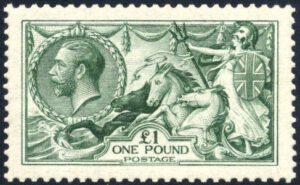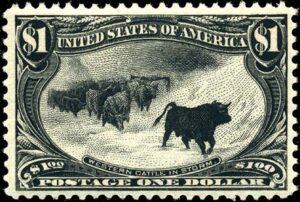 Great Britain, the birthplace of the postage stamp with the iconic Penny Black in 1840, remains a cornerstone of many collections. Its extensive history, coupled with the vast array of its colonial and Commonwealth issues, provides a rich and diverse field for study. The classic designs featuring monarchs and national symbols, along with the numerous historical events commemorated on its stamps, hold significant appeal. The readily available resources, such as the Stanley Gibbons catalogues, further facilitate collecting within this realm.
Great Britain, the birthplace of the postage stamp with the iconic Penny Black in 1840, remains a cornerstone of many collections. Its extensive history, coupled with the vast array of its colonial and Commonwealth issues, provides a rich and diverse field for study. The classic designs featuring monarchs and national symbols, along with the numerous historical events commemorated on its stamps, hold significant appeal. The readily available resources, such as the Stanley Gibbons catalogues, further facilitate collecting within this realm.
France, another early issuer, also enjoys considerable popularity. Its stamps are often lauded for their artistic merit, showcasing a range of styles from classical to Art Nouveau. The historical depth, spanning from the Napoleonic era to modern times, and the inclusion of its former colonies, offer a wide scope for collectors with varied interests. The Carré Marigny in Paris stands as a testament to France’s central role in the world of philately.
Germany, with its complex history of states, unification, hyperinflation, and division, presents a fascinating area for collectors. The sheer variety of issues, including those from the German States prior to unification, the German Empire, the Weimar Republic with its inflation overprints, and the stamps of East and West Germany, provides ample material for specialization. The strong national interest in German stamps further contributes to their popularity.
 The United States, with its rich tapestry of historical events, iconic figures, and diverse landscapes, naturally holds a prominent place in the collections of American philatelists and many international collectors. The development of the US postal system and the evolution of its stamp designs offer a compelling narrative. From the early classics to modern commemoratives, US stamps reflect the nation’s growth and cultural milestones.
The United States, with its rich tapestry of historical events, iconic figures, and diverse landscapes, naturally holds a prominent place in the collections of American philatelists and many international collectors. The development of the US postal system and the evolution of its stamp designs offer a compelling narrative. From the early classics to modern commemoratives, US stamps reflect the nation’s growth and cultural milestones.
Beyond these traditional powerhouses, several other countries consistently attract collectors. India, with its princely states, British Raj issues, and post-independence stamps, offers a diverse and historically significant collecting area. China, with its intricate history, including imperial issues, civil war era stamps, Japanese occupation issues, and the stamps of the People’s Republic, presents a complex and rewarding challenge for philatelists.
The popularity of a country’s stamps can also be influenced by factors such as thematic appeal. For instance, stamps featuring wildlife, space exploration, or famous artists can garner international interest regardless of the issuing country. Additionally, countries with strong economies and a growing interest in tangible assets, such as China, have seen a robust increase in stamp collecting activity.
In conclusion, the most popular countries for stamp collectors are those that offer a compelling blend of historical significance, diverse and aesthetically pleasing stamp issues, and accessible resources for collectors. Great Britain, France, Germany, and the United States remain at the forefront due to their rich philatelic heritage. However, countries like India and China, with their complex histories and unique stamp issues, continue to gain prominence in the global philatelic community, reflecting the ever-evolving landscape of this fascinating hobby. 1
Notes From A Stamp Collector
Why The Postage Stamp Was Invented
The story of postage stamps is rooted in the need for postal reform, particularly in 19th-century Britain. Before their invention, the postal system was complex and inefficient. Postage rates were...
Subscribe
newsletter
(503) 440-4441
